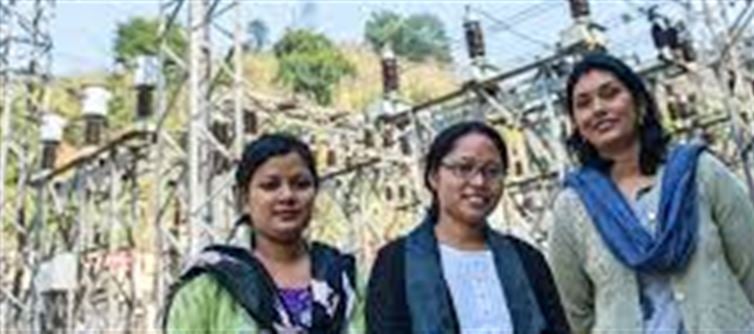
Despite the law, complaints of sexual harassment increasing...
The status of women in india has changed a lot in the last few years. Nowadays more and more women are participating in jobs and business. According to government data, women's participation in economic activities has increased a lot in the last six years. While only 23.3% women were working in 2017-18, this number has increased to 41.7% in 2023-24. This growth has been even faster in villages, where 23.7% women used to work in 2017-18, now it has reached 46.5%. Women's participation has also increased in cities, but it is still less than that of men. Men's participation is around 76-77%, while the average participation of women globally is 50%. In India it is still less than that.
Although there has bee progress, women also face many challenges. The biggest problem is to balance work and personal life. According to a study, 67% of women find it difficult to maintain this balance. A major reason for this is that the burden of household chores and child care mostly falls on women. According to a survey, women spend 236 minutes every day on household chores, while men spend only 24 minutes. This inequality makes it more difficult for women to work. Apart from this, there is also a difference in salary. women have become equal to men in education, yet they get less money. In some areas, this gap has increased further. This gap decreased slightly in 2022-23, but it is still high in villages.
Safety at the workplace is also a big concern. There is no safe environment for women in many places. Despite the law, complaints of sexual harassment are increasing. In 2022-23, 260 such complaints were pending, which increased to 435 in 2023-24. A survey revealed that 59% of the organizations have not even formed the necessary committees to prevent sexual harassment. Apart from this, the thinking of the society also hinders the path of women. In some places, families stop their daughters from working because they feel that this will reduce their social prestige. This thinking is especially seen more in villages.
Women's participation in leadership is also very low. There are only 13.6% women in Parliament, and only 17.6% in the boards of big companies. This leads to less attention to the needs of women while making policies. Apart from this, most women work in the unorganized sector, where there is neither good salary, nor job security and no social benefits. About 81% women are in such sectors. Access to the wallet PLATFORM' target='_blank' title='digital-Latest Updates, Photos, Videos are a click away, CLICK NOW'>digital world is also a problem. Only 33% of women in villages use the Internet, while this figure is 57% among men. This reduces education and job opportunities.




 click and follow Indiaherald WhatsApp channel
click and follow Indiaherald WhatsApp channel